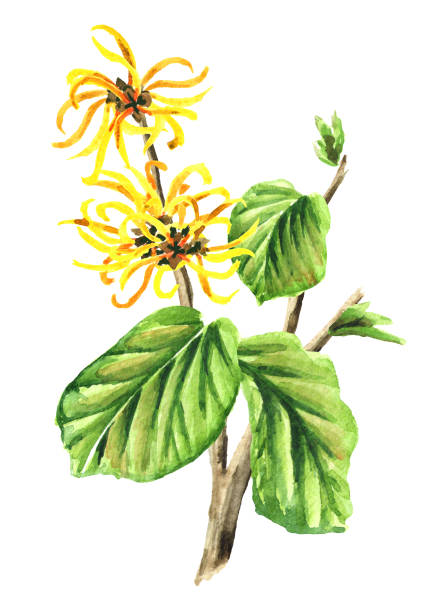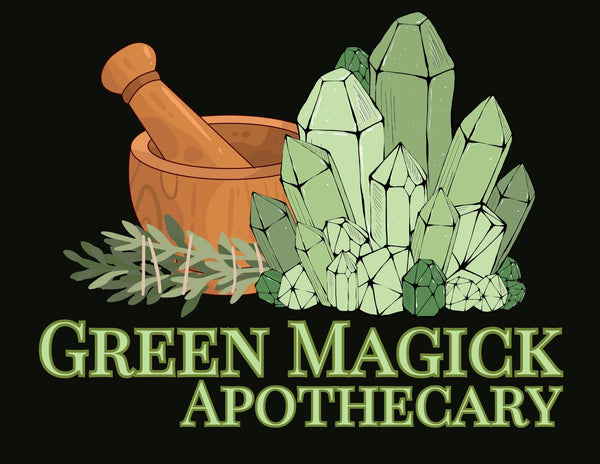
Spotlight Herb: Witch Hazel
Welcome back to our blog series, where we discuss an herb, its history, and its common uses in both traditional remedies and modern applications. Today, we’re exploring witch hazel, a plant with a rich heritage that has evolved from a Native American remedy for fevers, colds, and skin inflammations into a trusted ingredient in modern skincare.

Its medicinal properties, passed down to early Puritan settlers, laid the foundation for a thriving 19th-century commercial industry, thanks to innovations like Dr. Charles Hawes’ steam distillation method and contributions from the Dickinson family and Theron T. Pond. Theron T. Pond’s contribution to witch hazel’s legacy remains visible today through the continued availability of his product, Pond’s Extract. Originally marketed in the mid-19th century as a topical remedy derived from witch hazel bark, it gained popularity for its soothing and healing properties. After Pond’s death in 1852, the product evolved into the widely recognized Pond’s Cream, a skincare staple that, while reformulated over the years, still reflects the enduring influence of witch hazel in modern beauty and wellness products. Let’s dive deeper into the story and benefits of this remarkable plant!
What makes witch hazel so remarkable? Its potent anti-inflammatory and antioxidant compounds, including tannins and gallic acid, play a key role. These properties help neutralize harmful free radicals and prevent widespread inflammation, making witch hazel a natural remedy for conditions like acne, eczema, and psoriasis. Research has shown that topical application can effectively soothe inflamed skin, reduce redness (erythema), and even combat sensitive skin issues, which affect up to 45% of Americans. Furthermore, witch hazel is a popular treatment for hemorrhoids, providing relief from itching, swelling, and pain due to its anti-inflammatory and hemostatic properties.
Beyond skin care, witch hazel has been explored for other uses. It can be applied to the scalp to relieve sensitivity and dandruff and may even help soothe a sore throat when prepared as a gargle. Additionally, its antiviral properties, evidenced in test-tube studies, suggest potential in combating viruses like influenza, herpes simplex, and HPV. While these findings are promising, more human studies are needed to confirm its efficacy in these areas.
At Green Magick Apothecary, we’ve embraced the natural magic of witch hazel in our handcrafted products. It’s a key ingredient in our Skin-Nirvana Skin Soothing Balm, where it works wonders to calm irritated skin and reduce redness. Similarly, we’ve infused it into our Resplendent Rose Facial Balm, utilizing its acne-fighting properties to help shrink pores, soothe inflammation, and keep breakouts at bay. By harnessing witch hazel’s natural benefits, we’re able to create skincare solutions that are both gentle and effective, aligning with our commitment to holistic wellness.
Witch hazel does come with some warnings. When using witch hazel, especially for sore throats or oral consumption, it’s crucial to ensure the preparation is free from isopropyl alcohol, as many commercial products are labeled “For External Use Only.” Oral use may also cause stomach irritation due to its tannin content, so consult a healthcare provider if you have concerns. Additionally, while witch hazel is generally safe for topical use, it’s always best to perform a patch test first to rule out potential allergies or sensitivities.
Whether you’re drawn to its history, intrigued by its versatility, or simply looking for a natural remedy for everyday concerns, witch hazel remains a trusted ally in skincare and beyond. From its roots in Native American tradition to its place on modern drugstore shelves, this plant proves that age-old wisdom can stand the test of time.
